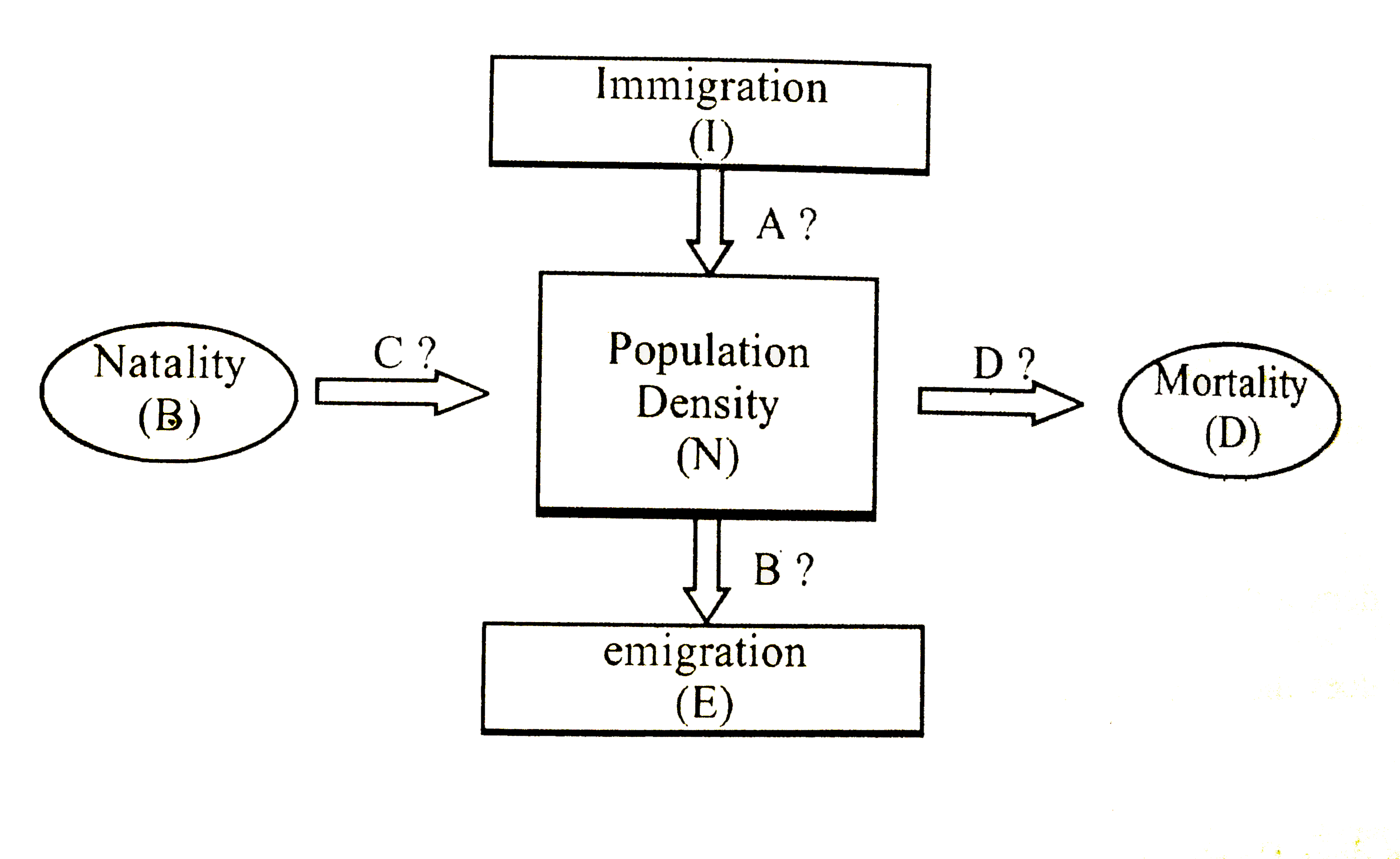Which two of the following changes (1-4) usually tend to occur in the plain dwellers when they move to high altitudes?
(a) Increase in RBC size
(b) Increase in RBC production
(c) Increase in breathing rate
(d) Increased oxygen-binding capacity of haemoglobin
b&c
c&d
a & d
b&d
The correct Answer is:A
To solve the question about the physiological changes that occur in plain dwellers when they move to high altitudes, we need to analyze each of the options provided:
1. Increase in RBC size: When individuals move to higher altitudes, the body experiences lower oxygen levels (hypoxia). Initially, the body may respond by increasing the size of red blood cells (RBCs) to enhance their oxygen-carrying capacity. However, this is not a permanent change and is not the primary adaptation that occurs in response to high altitude.
2. Increase in RBC production: The body responds to hypoxia by stimulating the kidneys to release erythropoietin, a hormone that promotes the production of red blood cells. This increase in RBC production is a significant and sustained adaptation to high altitude, allowing for improved oxygen transport in the blood.
3. Increase in breathing rate: To compensate for lower oxygen availability at high altitudes, the body increases the breathing rate. This helps to take in more oxygen, which is crucial for maintaining adequate oxygen levels in the bloodstream.
4. Increased oxygen-binding capacity of hemoglobin: While the body may adapt to high altitudes by increasing RBC production, the oxygen-binding capacity of hemoglobin does not necessarily increase in the same way. In fact, at very high altitudes, the effectiveness of hemoglobin to bind oxygen can decrease due to lower partial pressure of oxygen.
Based on the analysis above, the two changes that usually occur in plain dwellers when they move to high altitudes are:
- (b) Increase in RBC production
- (c) Increase in breathing rate
Thus, the correct answer is B and C.
- (c) Increase in breathing rate
Topper's Solved these Questions
- BREATHING AND EXCHANGE OF GASES BOOK - AAKASH SERIESCHAPTER - BREATHING AND EXCHANGE OF GASES EXERCISE - EXERCISE-II (Transport of Gases)
14 Videos
- BREATHING AND EXCHANGE OF GASES BOOK - AAKASH SERIESCHAPTER - BREATHING AND EXCHANGE OF GASES EXERCISE - EXERCISE-II (Regulation of Respiration)
4 Videos
- BREATHING AND EXCHANGE OF GASES BOOK - AAKASH SERIESCHAPTER - BREATHING AND EXCHANGE OF GASES EXERCISE - EXERCISE-II (Mechanism of Breathing)
9 Videos
- BODY FLUIDS AND CIRCULATIONBOOK - AAKASH SERIESCHAPTER - BODY FLUIDS AND CIRCULATIONEXERCISE - Exercise -III (Previous AIPMT/NEET Questions)
35 Videos
- CHEMICAL COORDINATION AND INTERGRATIONBOOK - AAKASH SERIESCHAPTER - CHEMICAL COORDINATION AND INTERGRATIONEXERCISE - Exercise-III (previous AIPMT/NEET questions)
41 Videos
Similar Questions
Which two of the following changes (i-iv) usually tend to occur in the plain dwellers when they move to high altitudes (3500 m or more )
(i) Increase in red blood cell size
(ii) Increase in red blood cell production
(iii) Increased breathing rate
(iv) Increase in thrombocyte count
View SolutionWhen ice melts at 1∘C :
(a)an increase in entropy
(b)a decrease in enthalpy
(c)a decrease in free energy
(d)process is spontaneous
View Solution
Knowledge Check
Species diversity______as one moves from high to low altitudes.
(a) increase
(b) decreases
(c) first increases then decreases
(d) first decreases then increasesAincreaseBdecreasesCfirst increases then decreasesDfirst decreases then increases
Which one of the following is true during ageing?
(a) The decreased bone mass and increased chances of fractures
(b) Decrease in blood urea and GFR
(c) Decrease in cholesterol content of cornea and lens
(d) Increase in calcium content of arteries and cartilage
View Solution(i) Which of the following A,B,C ,d represent increases and decreases in population growth ?

View SolutionWhich of the following factors will increase the solubility of NH3 gas in H2O?
a. Increase in pressure
b. Addition of water
c. Increase in temperature
d.Decrease in pressure
View SolutionWhen day light hours are increased, the rate of photosynthesis
(a) Increases
(b) Decreases
(c) Remains unchanged
(d) None of the above
View SolutionWhich of the following method is useful for increasing the rate of pollination and facilitating higher crop yield ?
(a) Apiculture
(b) Sericulture
(c) Dairying
(d) Fishery
View SolutionWhich of the following is observed during stomatal closure ?
(a) Accumulation of K + ion in guard cell
(b) Increased TP of guard cell
(c) Increased thickening of inner wall of guard cell
(d) Decrease in PH of guard cell
View SolutionWhich of the following is generally true. A: Atomic size increases from left to right across a period. B: Ionization potential increases from left to right across a period. C: Electron affinity increases on going down a group. D: Electronegativity increases on going down a group.
View Solution